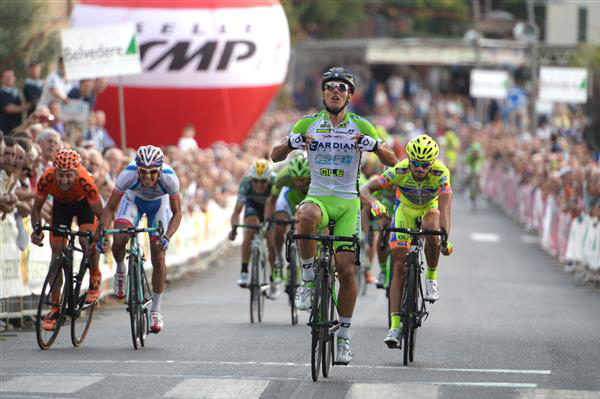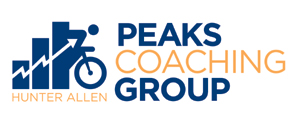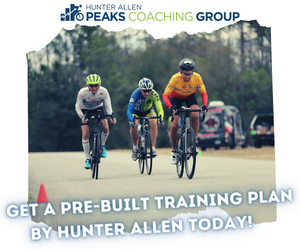

Better Your Odds of Winning:
Learn the Course
By PCG master coach Scott Moninger
Back to list of our training and coaching essays

Les Woodland's book Cycling's 50 Craziest Stories is available as an audiobook here. For the print and Kindle eBook versions, just click on the amazon lnk on the right.
Scott Moninger writes:
I sometimes get asked for my best advice for riders at their first or second race of the season, and here’s what I’ve told them. Before the race, get out and scout the course. Look for difficult spots, long flat sections that have treacherous cross winds, or long 1.5k climbs, all sections that put fear in men’s hearts. Know where they are and be ready for them. Force the selection in these difficult spots. Make the break early, go to the front, and a select few will follow. Most won’t want to break in a cross wind or at the bottom of a long climb. Work with this select group up the hill or through the cross winds, and before you know it you’ll have a gap that the main peloton will have trouble catching.
This strategy has worked. I remember doing the first road stage of the Tour of Gila, which finishes with a very difficult 4- to 5-mile climb. The route getting to the base of this climb is littered with lots of flats and crosswinds, so it’s really all about conserving your efforts for the last 20-25 minutes. Having done this stage a number of times, my teammates and I knew that 90% of the time there’s a pretty severe cross wind just as you make the 90-degree right turn and head over the cattle guards to begin the lower slopes of the climb. This section is really more of a big ring, a false-flat type of climb before the final 2.5-3 miles of steep, small-ring climbing begins.

Learning the course can be a useful tool to win races
This particular year a small break was getting reeled in just as we made the right hard turn. Our plan was to basically do a team lead-out into the climb by echeloning 4-5 teammates in front of me and pinching everyone into the gutter (or, in this case, weeds and brush) so that I was completely sheltered from the wind and so that any other GC contenders/climbers would be forced to burn serious energy riding in the wind or form their own echelon behind us. One by one my teammates took these insane hard, fast pulls and completely blew themselves and the field into pieces.
To make a long story short, when my last teammate finished his effort, I looked back and could not see another rider, and I was just then at the base of the 2.5- to 3-mile steep finishing climb, when the moto ref told me that I had 45 seconds on the next rider or group. I rode alone to the top to win the stage and moved securely into the overall lead. I have no idea how I would have climbed head-to-head against the best climbers of that year’s race other than by using the crosswinds, course knowledge, and my teammates. With these factors I was able to better my odds so that the actual final climb was merely a solo formality with a nice head start.
.









